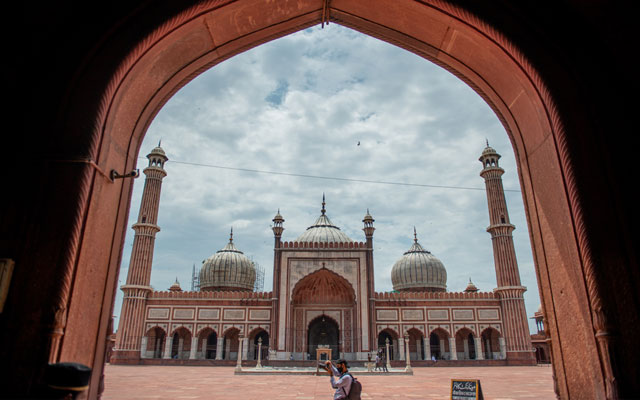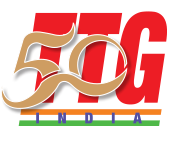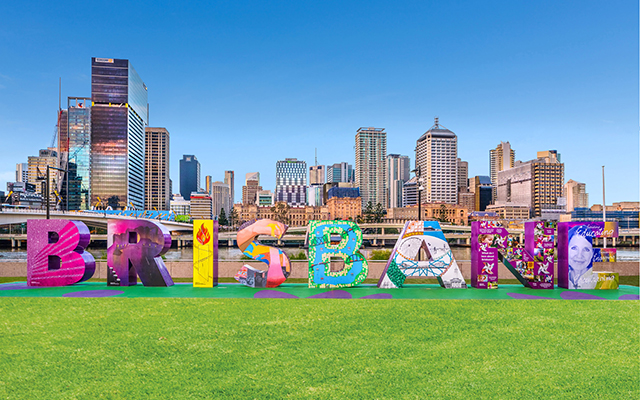As tourism gradually reopens, India faces a long road to regaining its share of international arrivals in the post-Covid era, said a report by HVS.
The report’s authors, Mandeep S Lamba and Dipti Mohan, called the Indian government’s recent announcement of its plan to provide free visas to the first 500,000 tourists once international travel resumes in the country as “a first step in the right direction to encourage inbound tourism”, but added that it will be a slow road to recovery for the country’s tourism.

Given the significant negative publicity India received in the global press during the pandemic, the country “will have to work much harder to regain its pre-Covid share and then grow beyond it”, the authors wrote.
With safety and health being of paramount importance to the post-pandemic traveller, India would have suffered a setback to its reputation as a tourist destination from its handling of the Covid-19 pandemic even after the devasting second wave in the country.
It is, therefore, critical that the entire tourism fraternity – government, public sector, private sector, and even the citizens – come together as one to rebuild traveller confidence and put India back on the global tourism map.
The report detailed four measures to help the country regain its competitive advantage:
1) Health, safety, and adherence to Covid-appropriate behaviour should be non-negotiable. Ensuring that all stakeholders, including tourists, follow the Covid-safety guidelines to the tee is of primary importance to rebuilding international tourist confidence and trust. Hotel and restaurant managers need to strictly ensure social distancing and other Covid safety measures at their premises and even refuse entry to patrons who are not following the guidelines.
2) The vaccination drive in the country has gained momentum and the government plans to vaccinate the majority of the population by the end of this year. However, the government and the private sector should collaborate to ensure that all tourism-sector employees – from hotel staff to tourist guides and cab drivers – are fully inoculated as a priority.
3) Along with creating a reboot plan, the government should introduce effective marketing campaigns, showcasing India as a ‘safe’ destination. The campaigns should communicate the Covid safety measures being implemented at tourist destinations, including the fact that all travel employees are fully inoculated.
These campaigns should also highlight that healthcare facilities, infrastructure, as well as amenities at airports and railway stations, have been augmented due to the pandemic, which will enhance the perception of India as a safe and attractive destination. It is also perhaps time for India to extend the 24×7 multilingual tourist helpline to be a ‘911’-like service.
4) Effective destination management can help reduce overcrowding. Tourists as well as the hospitality industry are eager to go back to normal, but we need to ensure that it is done in a phased manner so that we can avoid the third wave.
This is perhaps the right time for the authorities to evaluate global best practices, establish models based on international guidelines, and implement strategies for effective destination management to strike the much-needed balance between tourism and sustainability.
















